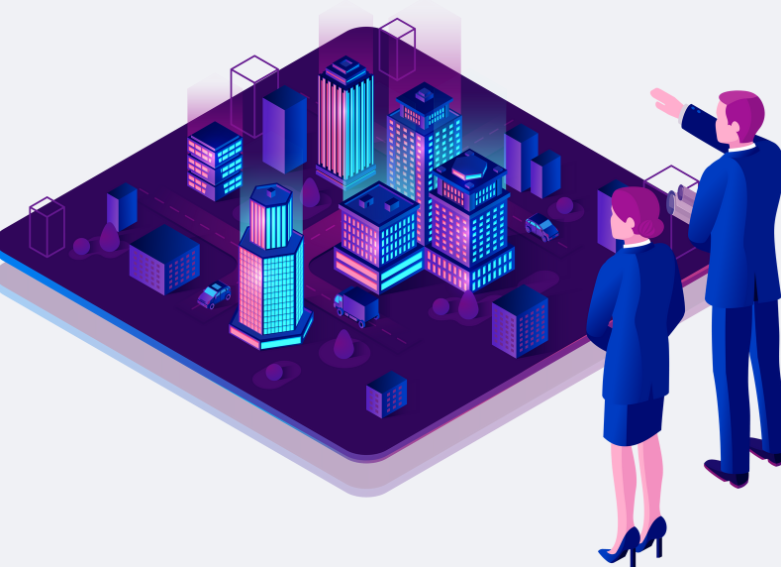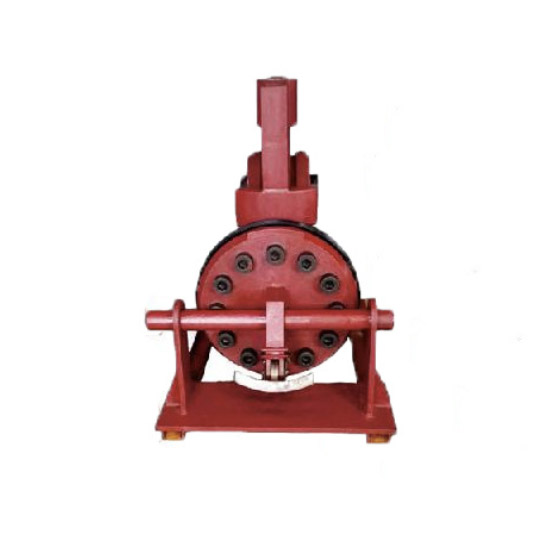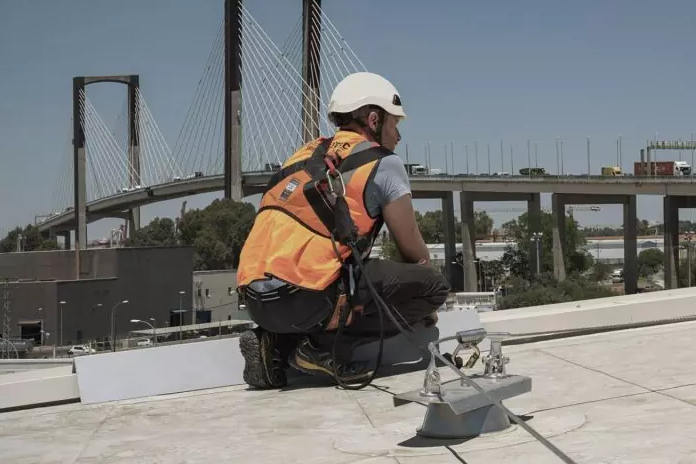As technology environments grow increasingly complex, automation has become essential for modern IT infrastructure management. From reducing human error to accelerating deployments, automation streamlines operations and boosts overall efficiency. Innerworks International continues to support organizations in embracing automation strategies that align with operational goals and industry standards.
What is IT Infrastructure Automation?
IT infrastructure automation involves the use of software to control, manage, and monitor infrastructure without the need for manual processes. It allows IT teams to define and provision systems consistently through code and repeatable workflows. Automation eliminates the delays caused by manual configurations and supports agile practices. Innerworks International helps businesses shift from reactive to proactive operations by implementing automation at scale.
Key Tools for Automating IT Infrastructure
Several categories of tools power infrastructure automation. Infrastructure as Code (IaC) solutions like Terraform and AWS CloudFormation allow teams to define infrastructure in configuration files. Configuration management tools such as Ansible, Puppet, and Chef ensure environments are deployed with the correct software and settings.
Containerization and orchestration platforms like Docker and Kubernetes help manage application delivery across multiple environments. Continuous integration and continuous deployment tools such as Jenkins and GitLab CI/CD automate build and release cycles. Monitoring systems integrated with automation can trigger alerts or even auto-remediation scripts. Innerworks International integrates and manages these tools to provide clients with a reliable and efficient infrastructure ecosystem.
Techniques and Best Practices in IT Infrastructure Automation
Automation success depends not just on tools, but also on following key techniques. Writing modular and reusable code simplifies updates and scalability. Building CI/CD pipelines streamlines the testing and deployment of changes. Automated validation ensures infrastructure performs as expected before it goes live.
Security checks and compliance enforcement can also be automated, minimizing vulnerabilities. Monitoring combined with automation enables self-healing systems that resolve issues without human intervention. Innerworks International works closely with IT teams to embed these best practices into daily operations, improving control and agility.
Benefits of Automating IT Infrastructure
Automation significantly speeds up provisioning, scaling, and updates. It reduces human error, enhances consistency, and enforces uniform standards across environments. Cost-efficiency improves as manual workloads are reduced, allowing teams to focus on strategic goals. Automation also strengthens security by ensuring all infrastructure follows predefined, tested configurations.
Organizations that work with Innerworks International benefit from automation strategies that are customized to their environment, helping them respond faster to changes, reduce operational overhead, and deliver services with greater confidence.
Challenges in IT Infrastructure Automation
Despite its advantages, infrastructure automation comes with hurdles. Integrating various systems and tools can be complex, especially in environments with legacy components. Many teams face skill gaps when shifting from traditional practices to automation-driven models. Change management is also critical, as automation alters roles and responsibilities.
Innerworks International provides hands-on guidance and structured transition plans to address these challenges. Through consultation, training, and managed services, the company ensures a smooth and sustainable automation journey for IT teams.
Future Trends in IT Infrastructure Automation
Looking ahead, artificial intelligence and machine learning are playing a larger role in automation. These technologies can predict issues, optimize resource usage, and support decision-making. GitOps, which manages infrastructure using Git-based workflows, is gaining popularity for its traceability and control.
Edge computing is also pushing automation beyond the data center, requiring lightweight and distributed tools to manage infrastructure in real time. Innerworks International stays ahead of these trends, helping organizations implement forward-looking solutions that position them for long-term success.
Takeaway
Automating IT infrastructure is no longer optional—it’s a strategic move that delivers speed, reliability, and cost savings. Organizations that embrace automation gain a competitive edge and free up resources to focus on innovation. With proven tools, practical techniques, and the expertise of Innerworks International, businesses can implement automation with clarity and confidence. The shift starts with the right strategy—and the right partner.















